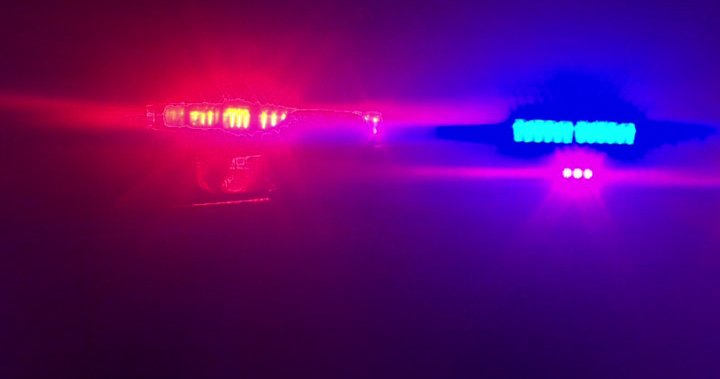A new short documentary is detailing efforts to protect the Seal River Watershed in Manitoba’s north.
We Are Made From the Land premiers Wednesday evening at the Winnipeg Art Gallery (WAG). It features Tadoule Lake resident Stephanie Thorassie, executive director of the Seal River Watershed Initiative.
Thorassie says she was approached by the Indigenous Leadership Initiative to be featured in the film.
“I was really hesitant at first, considering that a lot of the footage would be our story to where we are today, but also my personal story in this role that I work in now,” Thorassie said. “But I was reminded that we have a lot of young people watching, and that it may be something that other youth or other rez kids might look at and see that it’s possible to do big things.”
The Sayisi Dene community, including Thorassie’s family, was relocated to Churchill, Man., from Little Duck Lake, Man., by the federal government in 1956. The government did not provide them with adequate shelter or food. The community struggled to find enough to eat, and many community members died as a result of the harsh conditions. The Sayisi Dene moved back to their homeland in the 1970s, founding the community of Tadoule Lake.
The watershed itself is roughly 50,000 square kilometres, at the very top of the province. It’s home to caribou, polar bears, beluga whales and other wildlife.
Breaking news from Canada and around the world
sent to your email, as it happens.
“There is no industry and no development in the area currently. And we really are working hard with our partners, with our community members, with the elders to keep it that way,” Thorassie said.
Now, Thorassie is working to designate the Seal River Watershed an Indigenous Protected Area. Sayisi Dene First Nation, Northland Dene Nation, Barren Lands First Nation and O-Pipon-Na-Piwin Cree Nation form the Seal River Watershed Alliance. In January, the alliance signed an agreement with the federal and provincial governments to formally work together on a feasibility study on protecting the area from development.
“We’ve always been out there on the land, eyes and ears on the ground, watching the changes that are happening and watching the climate change,” Thorassie said. “This is a way to create land jobs for land people and create economies and employment for the people that want to be out in the land.”
The alliance employs land guardians to study the area, using both scientific and Indigenous knowledge to monitor water, plants and animals in the area.
“Right now, our water levels, they’re very, very low. We see reefs that we’ve never seen before. At least that’s what the elders around here are saying,” said Chaz Collier, Sayisi Dene First Nation’s land guardian.
Since taking on the role, Collier has taken firearms training, recorded birdsong to determine which species live in the area and travelled to Churchill to learn how to test water.
“I think this is the most special land out there, and it needs to be protected no matter what,” he said. “No matter what.”
Thorassie says creating the land guardian role has inspired young people in her community of Tadoule Lake.
“I see hope,” she said. “It’s really, really empowering and exciting. Young people who probably couldn’t see past the local community store, whatever in their community, who are now, like, talking, ‘I will be a guide, I will be a land guardian.’”
After years of measuring, mapping and monitoring, the alliance will compile its data into the feasibility study and submit it to the provincial and federal governments.
“I dream about a positive report that says that it’s possible … to create this protected area and to create ecotourism, create more jobs for people that matter,” Thorassie said.
“It’s very surreal to be here doing this work. You know, you live this work. It’s not work because you live it. It’s a part of your culture. It’s a part of your everyday.”
© 2024 Global News, a division of Corus Entertainment Inc.




